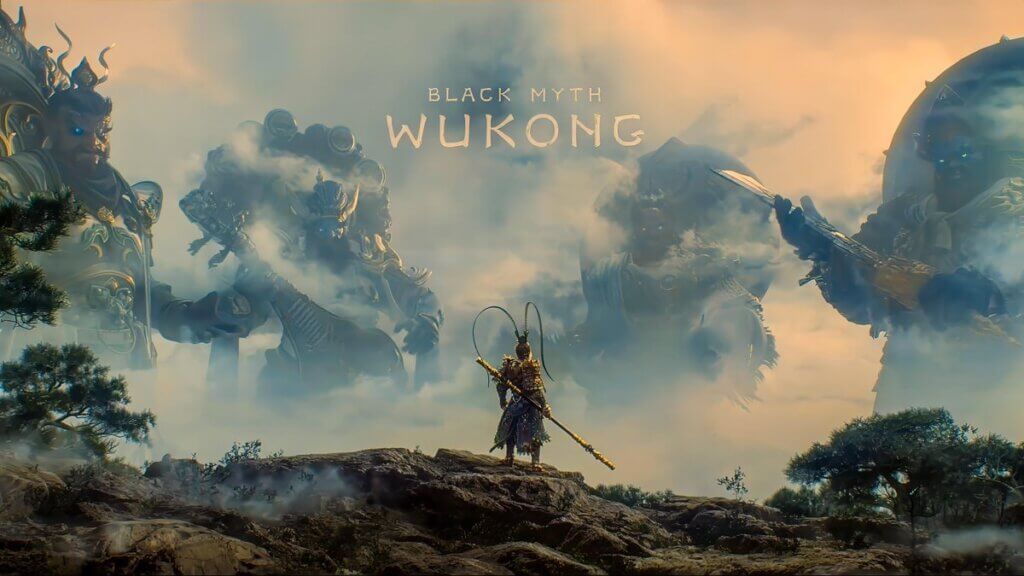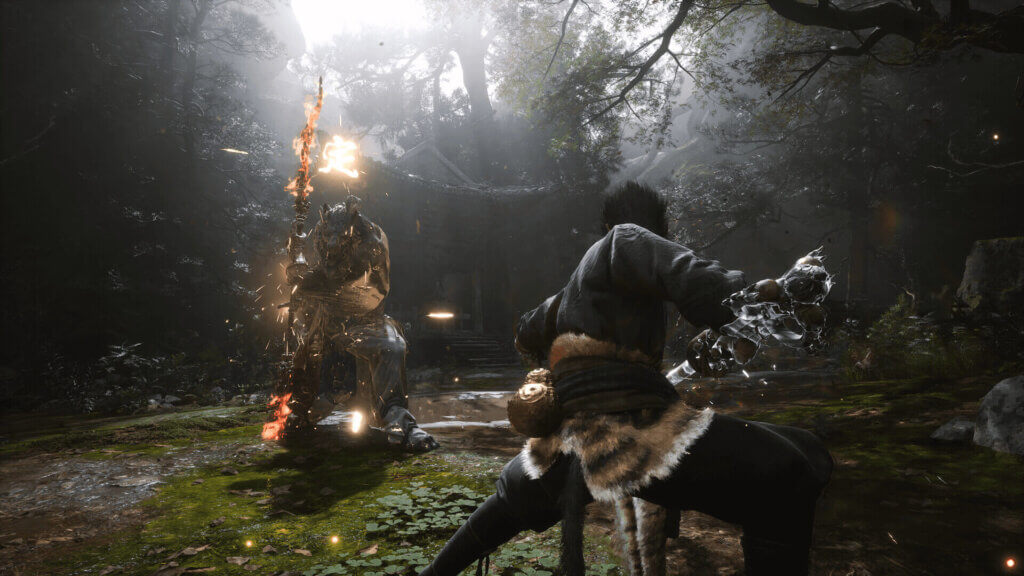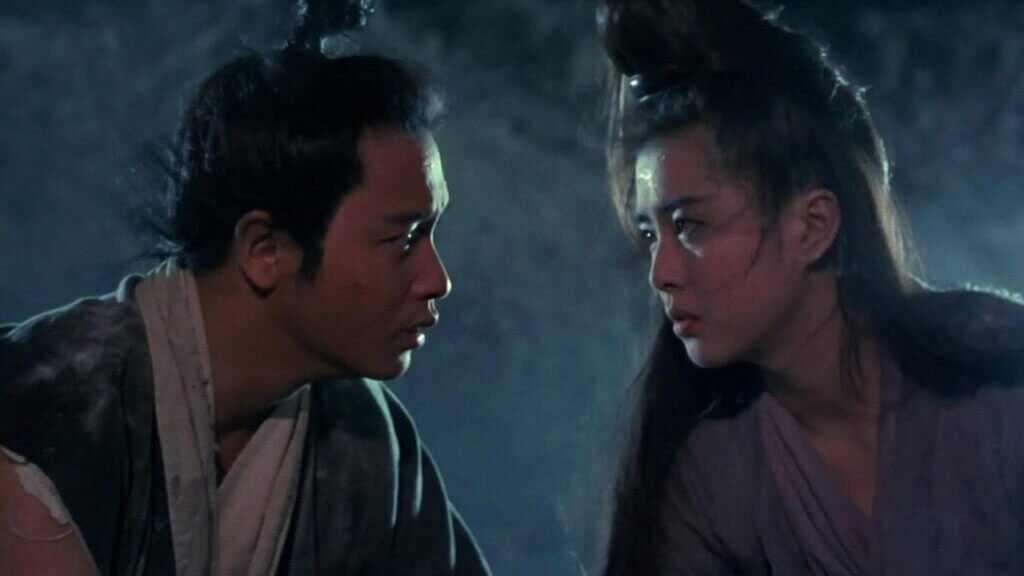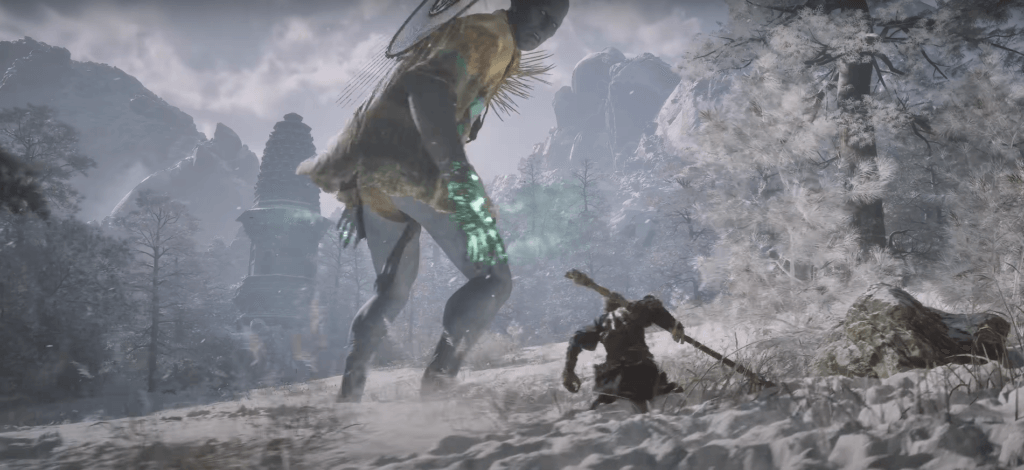With the release of “Black Myth: Wukong,” the buzz surrounding this highly anticipated game has reached a fever pitch. The final pre-launch trailer, released on August 8th, not only wowed audiences with stunning visuals and intricate graphics but also with a soundtrack that could easily rival the best in cinematic history. It’s not every day that a game blurs the lines between entertainment and art, but “Black Myth: Wukong” seems poised to do just that.
Masterpiece in the Making: A Game to Watch🎨
When we call something a masterpiece, we’re not just talking about its technical prowess—we’re talking about its ability to transcend its medium. “Black Myth: Wukong” is on track to do exactly that. Though it is, at its core, a single-player game, everything from the visuals to the music has the potential to make it feel like a full-blown cinematic experience. And if you’ve seen the trailer, you know exactly what I’m talking about.
Let’s dive into what makes this game truly special. First up, the gameplay. “Black Myth: Wukong” offers what might be the most immersive “Journey to the West” experience we’ve seen yet.

The game promises a vast and complete exploration of this legendary universe, filled with an impressive array of Boss battles and a transformation system that’s as diverse as it is surprising (yes, you can even turn into a blade of grass). And then there are the Four Heavenly Kings—icons of the classic tale—whose inclusion is sure to thrill fans of the original story.
Soundtrack Sorcery: Music That Moves You🎶
But here’s where it gets even more interesting: the music. In “Black Myth: Wukong,” the soundtrack isn’t just background noise; it’s a core part of the experience. Take the background music (BGM) featured in the trailer, for example. At around the two-minute mark, you’ll hear a segment of the “Rebirth Mantra” (Amitabha Pure Land Rebirth Dharani), a sacred Buddhist chant.

This isn’t just any chant—it’s a powerful invocation believed to help transcend souls and purify karma. But here’s the twist: in this game, the mantra is woven into a modern soundscape, creating what can only be described as a fusion of cyber-Buddhism and rap. This blending of the ancient and the contemporary mirrors the game’s broader themes of tradition and rebellion.
Now, let’s talk about how this music enhances the game. The mantra’s melody in “Black Myth: Wukong” isn’t serene or meditative like you might expect. Instead, it’s intense, almost jarring, with a deep, resonant voice that feels more like a demon’s incantation than a peaceful prayer. This stark contrast to traditional Buddhist recitation reinforces the game’s narrative—a world where even sacred texts have been corrupted, reflecting the chaos and moral ambiguity of its universe. The music doesn’t just accompany the game; it actively shapes the player’s emotional and psychological journey.
What’s particularly fascinating is the decision to omit the final lines of the “Rebirth Mantra,” which traditionally promise spiritual completeness. This omission isn’t just a musical choice—it’s a thematic statement.

Tradition Reimagined: A Personal Take🎥
I remember the first time I encountered traditional Chinese music in a modern context, which came through the soundtrack of the film “A Chinese Ghost Story.” The track “Suo Ming Fan Yin” left a deep impression on me. It was a fascinating introduction to Chinese music, showcasing how traditional sounds can be woven into contemporary narratives. Just as “A Chinese Ghost Story” used music to enhance its eerie atmosphere, “Black Myth: Wukong” uses its soundtrack to deepen the immersive experience of its world.

The seamless integration of traditional and modern elements in both works highlights how music can profoundly impact storytelling. In Black Myth: Wukong, the soundtrack not only complements the game’s epic visuals but also amplifies its philosophical depth.
As the old religious and moral structures in the game collapse, leaving characters (and players) with fragmented and incomplete paths to salvation, the music enriches this narrative, challenging players to grapple with the implications of a world where the divine order has crumbled.
As we count down the days to the release, one question remains: Can “Black Myth: Wukong” live up to its artistic promise and conquer the gaming world? Only time will tell, but one thing’s for sure—this is a game that’s destined to make waves, both as an entertainment product and as a work of art.
Stay Tuned! 🕹️
“Black Myth: Wukong” is under curation now, and the excitement is building. Stay tuned for more updates and get ready for an unforgettable experience.
What aspect of “Black Myth: Wukong” are you most excited about? Drop your thoughts in the comments or join our community discussion. If you’re as hyped as we are, share this article with fellow fans and get ready for the journey ahead!
Poll: “Which aspect of ‘Black Myth: Wukong’ are you most excited about?” (Options: Gameplay, Soundtrack, Visuals, Storyline)
#BlackMythWukong #Gaming #Soundtrack #China #DesignedInChina #JourneyToTheWest #VideoGames #GamingCommunity #EpicMusic #GameOn



